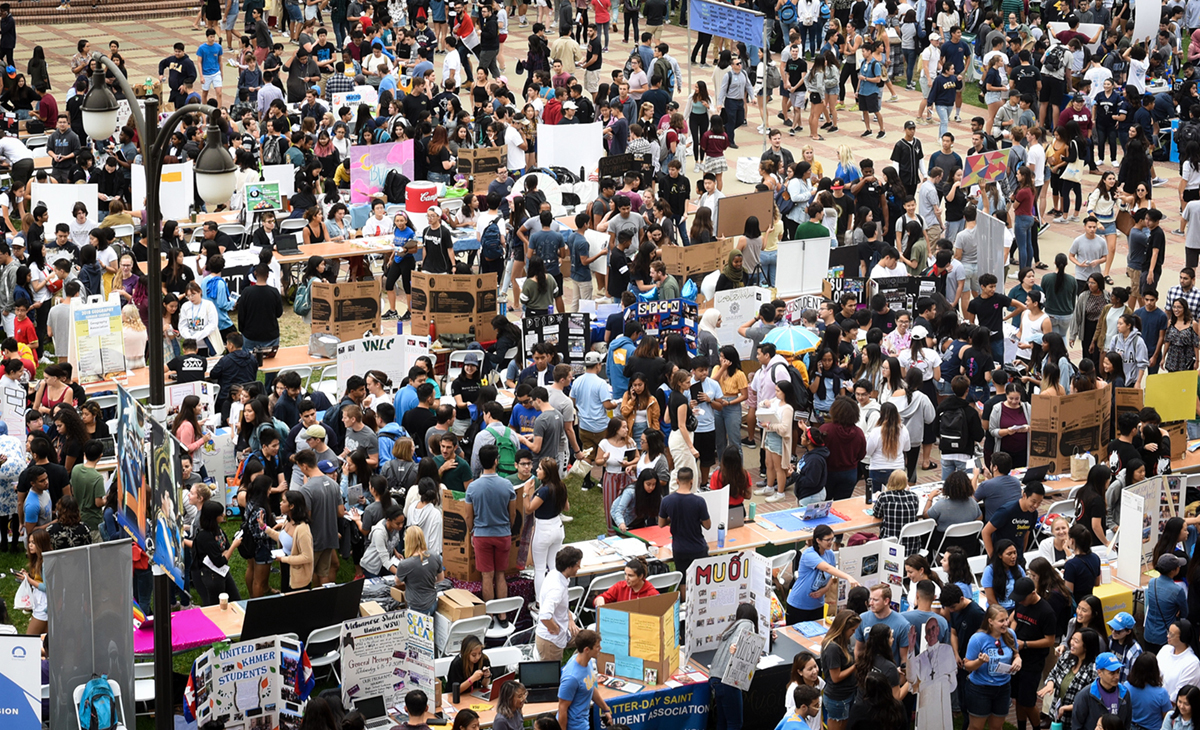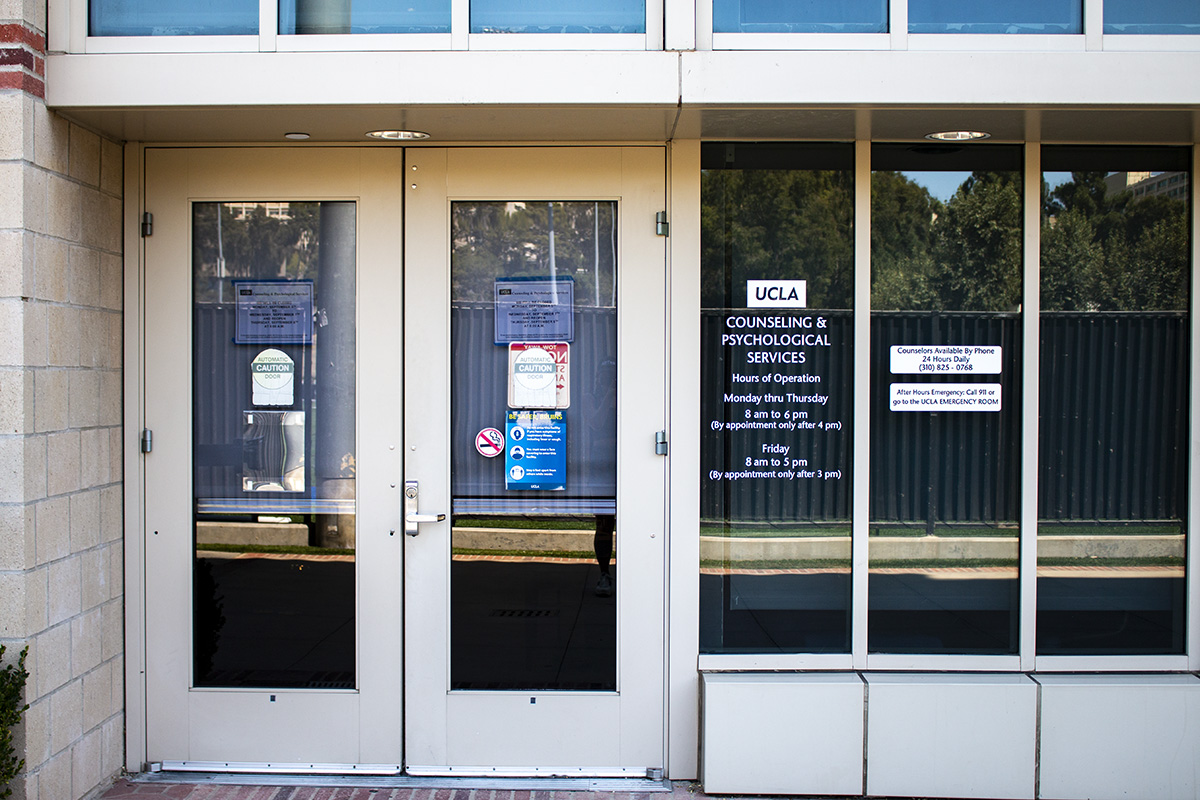Opinion: To create a more inclusive campus, UCLA must dismantle the stigma of transferring

The Enormous Activities Fair is pictured. UCLA transfer students should be more closely integrated into clubs for traditional students to cultivate an inclusive environment.
(Daily Bruin file photo)
By Katherine Smith
Feb. 14, 2023 8:18 p.m.
I often hear that going to community college is the easy way out, that transferring is so much easier than applying like everyone else, or that transfer students just couldn’t get into a four-year university the first time around.
When I first got my acceptance letter, I was equally nervous and excited, as most people are. After all, it seemed fully reasonable to believe that going from one publicly funded institution to another would be easy.
But during my first day attending the most-applied-to university in the nation, the first student I introduced myself to responded, “Nice to meet you, I’m a third-year normal student.”
Stunned, I did not know how to respond.
The social stigma against transfer students was first apparent to me through this kind of language. Their differentiation between themself as a “normal” student as opposed to myself, a transfer student, revealed more systemic issues at UCLA.
Was I not a “normal” student?
UCLA positions itself as a place that provides transfer students with plenty of resources through its Transfer Student Center, Transfer Pride Week and transfer-oriented clubs. Yet, my trip to the Enormous Activities Fair last quarter forced me to reckon with the reality behind the marketing.
Walking up to long-established clubs and being sent away to find the transfer version is quite degrading.
Having groups specifically for transfer students to meet each other is great, but being forced to stay within your community and not gain access to the network, resources and diversity that “normal” clubs have creates a stark disadvantage for transfers.
Transfer clubs seem to be established with a few goals in mind: create communities, provide leadership opportunities and push for inclusivity on campus for transfers. But the creation of these clubs pushes transfer students further away from the broader community they came to find.
I will always value attending community college and my experience, which undoubtedly impacted how I view the world. I met peers who were navigating the world with disabilities, as returning students or as single parents – all of whom make up a significant percentage of community college attendees.
My mom, too, is part of that group of students. A few years before me, she attended the same community college I transferred from as a returning student striving to get a degree later in life. For students like these, community college is their best option for educational opportunities outside the support high schools provide to traditional students.
In fact, she was the one who inspired me to put aside my ego to save money and end up with the same outcome of gaining a great education.
Many transfer students fit into one or more of these marginalized groups. In reality, going to community college is the only way many students with disabilities and those from minority and low-income backgrounds have the opportunity to go to college. Not providing the same caliber of education and collegiate experience to this population of students is unjust.
Transferring will continue to be the best financial option for many students.
The average student loan debt balance at the federal level is currently over $37,000. California’s community college system represents one avenue to help more students afford college and avoid debt.
It feels like it’s time to craft new social narratives about transferring.
Going to community college first is sometimes the best method of getting you where you want to go. Transferring is harder to navigate without the support of applying with everyone else. Transfers often experience greater social and economic barriers and deserve access to a quality college education like everyone else.
I hope to hear these sentiments from UCLA students in the future.
As of now, I have been hesitant to admit I am a transfer student, searching for diverse communities and trying to prepare for what happens after graduation in two years.
Our resilience and determination are the qualities that define transfer students. That is why I am so proud to be a member of our community.
I encourage the UCLA community to seek education, provide encouragement and push for equal academic opportunities for all.



